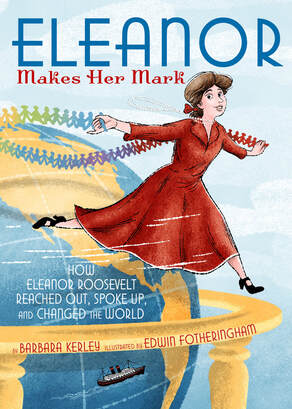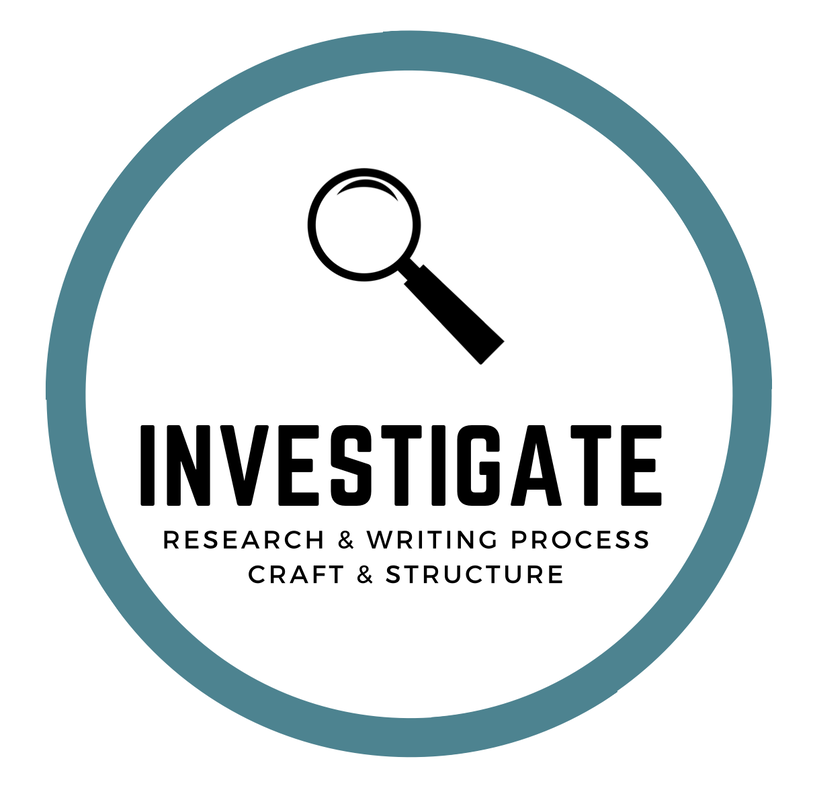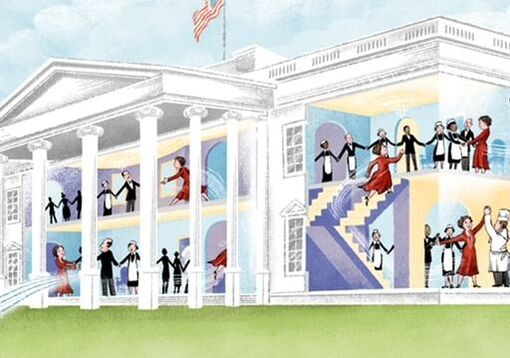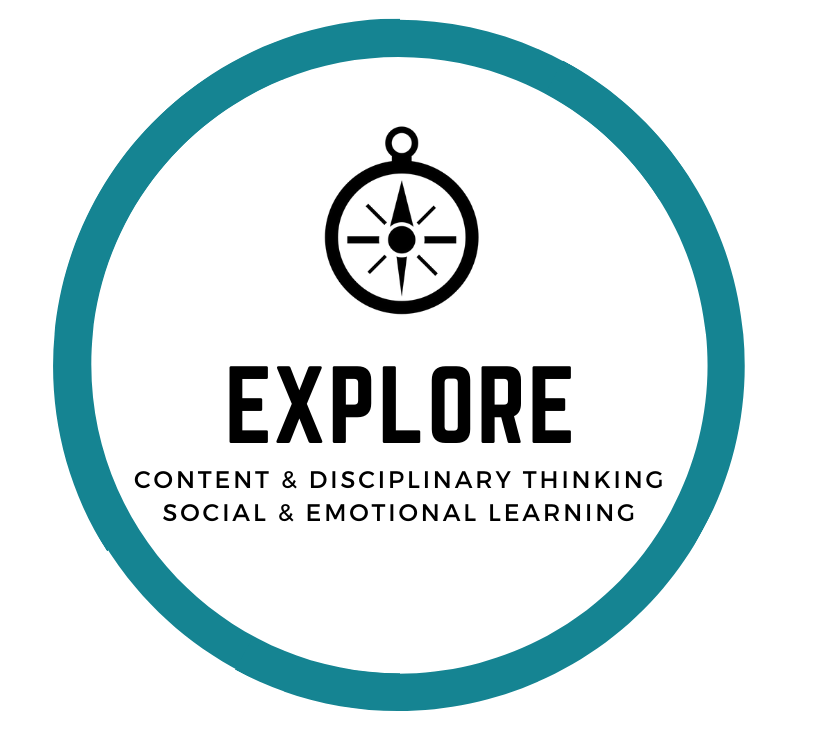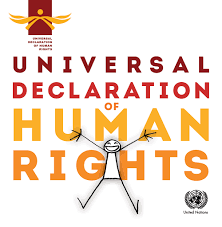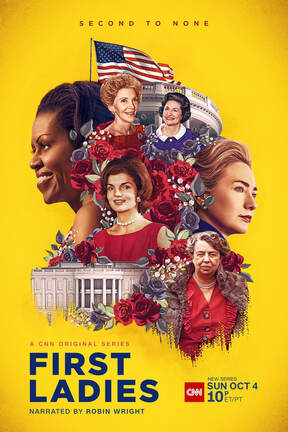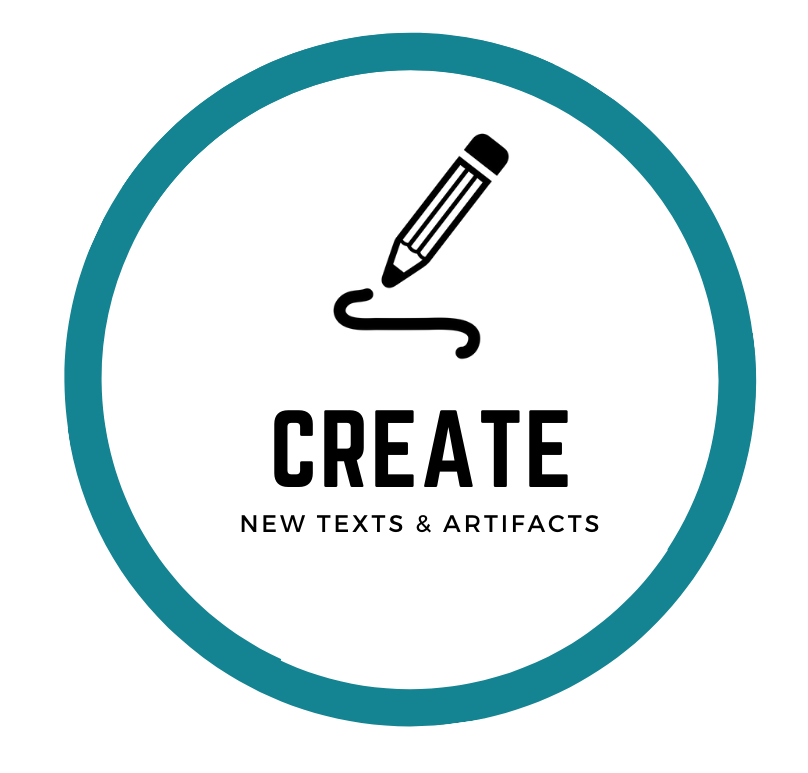|
Entry written by Mary Ann Cappiello and Jenn Sanders, on behalf of The Biography Clearinghouse.
|
Research & Writing ProcessWho is Barbara Kerley?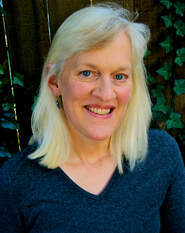
Barbara Kerley is an award-winning author of children’s biographies, informational books with National Geographic, and middle grades novels. Some of her most highly accoladed biographies include The Extraordinary Mark Twain (according to Susy), Those Rebels John & Tom, and What to do about Alice? Edwin Fotheringham is the artist/illustrator for each of these award-winning books. Her biographies have received the Boston Globe-Horn Book Award, the Robert F. Sibert Informational Book Medal, the Orbis Pictus Award for Outstanding Nonfiction for Children, and the Notable Social Studies Trade Books for Young People’s award list. Barbara served in the Peace Corps as a teacher in Nepal and also taught at the University of Guam before becoming a full time writer. When she’s not writing in a Portland (Oregon) coffee shop, Barbara likes riding her bike, practicing yoga, and walking her dog, Abby. Find out more about Barbara at www.barbarakerley.com.
|
Who is Edwin Fotheringham?
|
Edwin Fotheringham is an award-winning freelance illustrator of a wide variety of works including album covers, illustrations in top national magazines, and artwork for children’s books. Ed, as he prefers to be called, grew up in Sydney, Australia, and moved to the U.S. to attend art school at the University of Washington. He continues to live in Seattle, Washington where he also teaches illustration at Cornish College of the Arts. Ed and Barbara have been successful book collaborators for many years, creating one stellar biography after another. On his website, he says he continues to “enjoy solving visual problems with blotty lines.”
|
Barbara's and Ed's Processes and Artifacts
|
|
Watch the Interview Video to learn about the author’s and illustrator’s research and composing processes:
|
Craft & Structure
Representing Eleanor
|
Each time a new biography is written on a historical or contemporary subject, we get a new interpretation of that subject’s life. In Eleanor Makes Her Mark, Barbara Kerley and Edwin Fotheringham share their version of Eleanor Roosevelt. In the interview, we learned about their process of researching, writing, and illustrating the book: the sources they used, the moments in Eleanor’s life that felt important to include, and their focus on Eleanor’s public identity and public legacy. How is Eleanor presented in other biographies for young people? What approach do other authors and illustrators take?
Picture Book Biographies:
Picture Book Historical Fiction:
Chapter Book Biographies:
|
Start by reading aloud Eleanor Makes Her Mark. Ask students to share their impressions of Eleanor Roosevelt’s life work and identify any new questions they have about her. Next, put students in small groups, where they have the opportunity to read another picture book biography or historical fiction book about Eleanor. Have students consider some of these questions:
If you’re working with middle grade students, you can expand this experience by having students read selected chapters from the longform biographies of Eleanor, listed below. The same questions can be applied. After completing your investigations, ask students to name what they have observed about an author’s and illustrator’s purpose. We know the general purpose of a biography is to tell the story of a person’s life, but authors also choose a specific purpose. For example, some writers want to offer an overview of a life; others zoom in on a specific moment in a partial biography. Still others see themes in an author’s life and use the biography to highlight the moments in the subject’s life that collectively reflect that theme. Barb Kerley chose to emphasize Eleanor’s public service. How does that specific purpose shape a biography that they may read? |
Endpages and Theme
|
On the front end pages, there is a short quote from Eleanor: “The purpose of life, after all, is to live it, to taste experience to the utmost, to reach out eagerly and without fear.” On the back end pages is a longer quote from Eleanor that is focused on universal human rights.
|
You could use these end pages as a pre-reading activity, sharing the quotes with your students and asking them to consider their meaning and their placement. After reading the book, have your students discuss the ways in which the quotes both bookend Eleanor’s life and pull themes from it as well. Work with your school or public librarian to gather a range of picture book biographies, and ask your students to identify the ways in which the end pages do or do not provide clues about the life of the subject and the themes within the biography.
|
Visual Motifs
|
In Eleanor Makes Her Mark, Ed Fotheringham uses two repeating visual motifs: people holding hands and wavy lines that curl, climb, and fly across the pages. After reading Eleanor Makes Her Mark, ask your students to spend time with the illustrations. What do they notice? What do they think Ed was trying to do with the illustrations? What was his illustrator’s purpose? Likely, they will notice these repeating patterns. To further extend their understanding of these visual motifs and how they contribute to conveying themes in the biography, play the interview from 40:55-44:00 to hear Ed discuss these choices. Have students consider the ways that they can use visual metaphors in their own compositions, regardless of genre. You can extend this activity by having them examine other picture book biographies for visual motifs.
|
Content & Disciplinary ThinkingDeclarations of Human RightsAt the end of Eleanor Makes Her Mark, Barbara noted Eleanor’s contribution as the leader of the committee that wrote the Universal Declaration of Human Rights. The United Nations’ Universal Declaration of Human Rights, completed in 1948, was a landmark document and achievement toward ensuring the safety, dignity, and equality of people around the world.
|
|
With your students, explore the illustrated version of the Declaration and its 30 Articles. With secondary students, you might compare the UN’s Declaration of Human Rights to the US’s Declaration of Independence. With elementary students, you can compare the Declaration of Human Rights with I Have the Right to Be a Child (Serres & Fronty, 2012), the picturebook version of the UN’s Rights of the Child. Consider critical literacy questions such as who has the power to choose to implement these rights, and who benefits from ignoring or abusing these rights? Students can also create their own list of 10 Rights of the Child. What would they include and why?
|
First Ladies and Social Media
|
During our interview, Barb Kerley shared that she found a treasure trove of information about Eleanor Roosevelt’s daily life in archives of Eleanor’s (almost) daily column, “My Day,” which ran in papers across the country from 1935 to 1962. Laughing, Barb suggested that the column was Eleanor Roosevelt’s version of social media. After reading Eleanor Makes Her Mark, leverage Eleanor’s “My Day” column as an opportunity for your middle school students to explore how First Ladies have used the tools at their disposal to communicate directly with the public.
|
To learn more about the column, you can explore the resources of The George Washington University’s Digital Eleanor Roosevelt Papers Project. Your students can read her column by year or search for specific content across the years. Roosevelt continued with the column for decades after she was First Lady. After students have had an opportunity to read some columns, have them compare and contrast them with one another. What do they learn about Eleanor Roosevelt, and the circumstances of the world she lived in? How do the columns extend the understanding of Eleanor’s public life they received from Eleanor Makes Her Mark? How do they challenge their understanding? Students may or may not be interested in reading about how the White House Historical Association discusses Eleanor’s “My Day” column.
Next, provide students with the opportunity to compare and contrast how the current and most recent First Ladies have used social media to speak directly with the public. Because some comments on social media are not appropriate for tweens to read, we recommend that you select some tweets from each First Lady and share them with your students. You can choose from First Lady Jill Biden’s (@FLOTUS) Twitter account, former First Lady Melania Trump’s (@MELANIATRUMP) Twitter account or her archived @FLOTUS Twitter account, former First Lady Michele Obama’s current (@MichelleObama) Twitter account or her archived @FLOTUS Twitter account, and former First Lady Laura Bush’s current (@laurawbush) Twitter account (Twitter launched during the last two years of Mrs. Bush’s time in The White House). Synthesize the exploration by asking students to compare and contrast what they see as most valuable in the communications they explored. Why is it important for First Ladies - or First Gentlemen, or First Spouses - to communicate directly with the public? What kind of information is valuable for them to share, and why? |
First Lady? Second Gentleman?
|
Eleanor Roosevelt reshaped the role of the First Lady during her years in the White House. How has the role evolved over the years? What should be the responsibility of a First Lady or First Gentleman? How can we separate these spousal roles from the traditional gender dichotomy? What other, non-gendered titles might be appropriate: partner, spouse, mate?
|
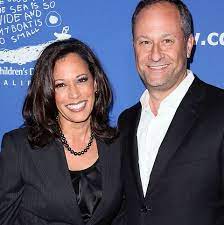 Photo by David Livingston Photo by David Livingston
Engage students in a conversation about Eleanor Roosevelt’s work as evidenced in Eleanor Makes Her Mark. Allow students to spend time looking at some of the activities with which more recent first ladies, such as Melania Trump, Michelle Obama, and Laura Bush were engaged. Next, have students explore how Doug Emhoff, husband of Vice President Kamala Harris, is shaping the new role of Second Gentleman. What suggestions would your students offer current and future First and Second Spouses or Partners?
|
Social & Emotional Learning
Identity Development
|
Eleanor had several identities and identity changes throughout her life. Often, people (especially young people) think that your identity is fixed and stable: when you figure out “who you are,” that identity remains constant. In reality, our identities grow, evolve, and change across the lifespan. Identities can be categorized into self identities and social identities. Self identities are based on our perceptions and feelings about ourselves, whereas social identities may be different from self identities and are often shaped by social norms and contexts. In addition, most people have multiple identities that may intersect in complementary or conflicting ways. Students can explore three or more biographies of people, paying close attention to the different identities a person has and the identity changes each person goes through.
|
After reading Eleanor Makes Her Mark and discussing her identities, we recommend reading these biographies to explore how others’ identities evolve or are layered, but you can use any biographies you feel showcase this complexity:
|
Creating Diagrams to Add Information
Writers and artists often choose to represent information visually with a diagram. Ed Fotheringham talked about his process of researching the floorplans of the White House and deciding how to show the inside of the White House. He ultimately settled on a cut-away diagram that is similar to a cross-section diagram. Diana Aston and Sylvia Long also use diagrams masterfully in their informational books An Egg is Quiet (2006) and A Seed is Sleepy (2007). Explore the power of diagrams to carry information with your students. (Here’s a link to an article with more background information on kinds of diagrams in informational texts.
If you have 1-2 hours . . . |
If you have 1-2 days . . . |
If you have 1-2 weeks . . . |
|
Using the images in Eleanor Makes Her Mark and those shown in the Interview Video [9:10], compare and contrast Ed Fotheringham’s floorplan diagrams with his modified cross-section diagrams of the White House. Discuss with students the pros and cons of each diagram and the different kinds of information conveyed in each.
|
After comparing the two kinds of diagrams Ed considered to represent Eleanor Roosevelt’s movement throughout the White House, read one of Aston and Long’s books noted above. Read it once to enjoy, and then go back through the book a second time to notice and note the different diagrams used: a scaled diagram, timeline, cross section, surface diagram, graph, flowchart, etc. Pay attention to how the diagrams are labeled and/or captioned. Have students go back to an informational piece they have written and consider what kind of diagram would be useful. Then, give them time to draw the diagram and add it to their writing. If students don’t already have an informational piece in progress, you can have them do a quickwrite about something they know a lot about (an animal, instrument, sport, etc.), and then ask them to consider what additional information might be interesting to readers that they could add with a visual diagram. Again, provide time for them to search for the information and create the diagram in their draft.
|
Facilitate an informational writing unit, where students expand on the quickwrite started above and create a draft that uses two different kinds of diagrams (there are more than the ones listed above, such as a chart or table, a bar graph, etc.). You can also guide students in using some of the writing craft strategies that Barb uses in her biography, such as beginning with a problem (e.g., planning the inauguration ceremony, being more than a hostess) or stating the theme of the text early on (“She’d hoped to ‘leave some mark upon the world.’”) and using a repeated phrase to thread that theme throughout the text (e.g., “leave her mark”). (You might also explore some of the ideas on writer’s craft in other Biography Clearinghouse entries, such as using historically accurate dialogue in informational texts discussed in the She Persisted: Claudette Colvin entry.)
|
Cappiello, M.A., & Sanders, J. (2021). Eleanor Makes Her Mark: How Eleanor Roosevelt reached out, spoke up, and changed the world. The Biography Clearinghouse.]

